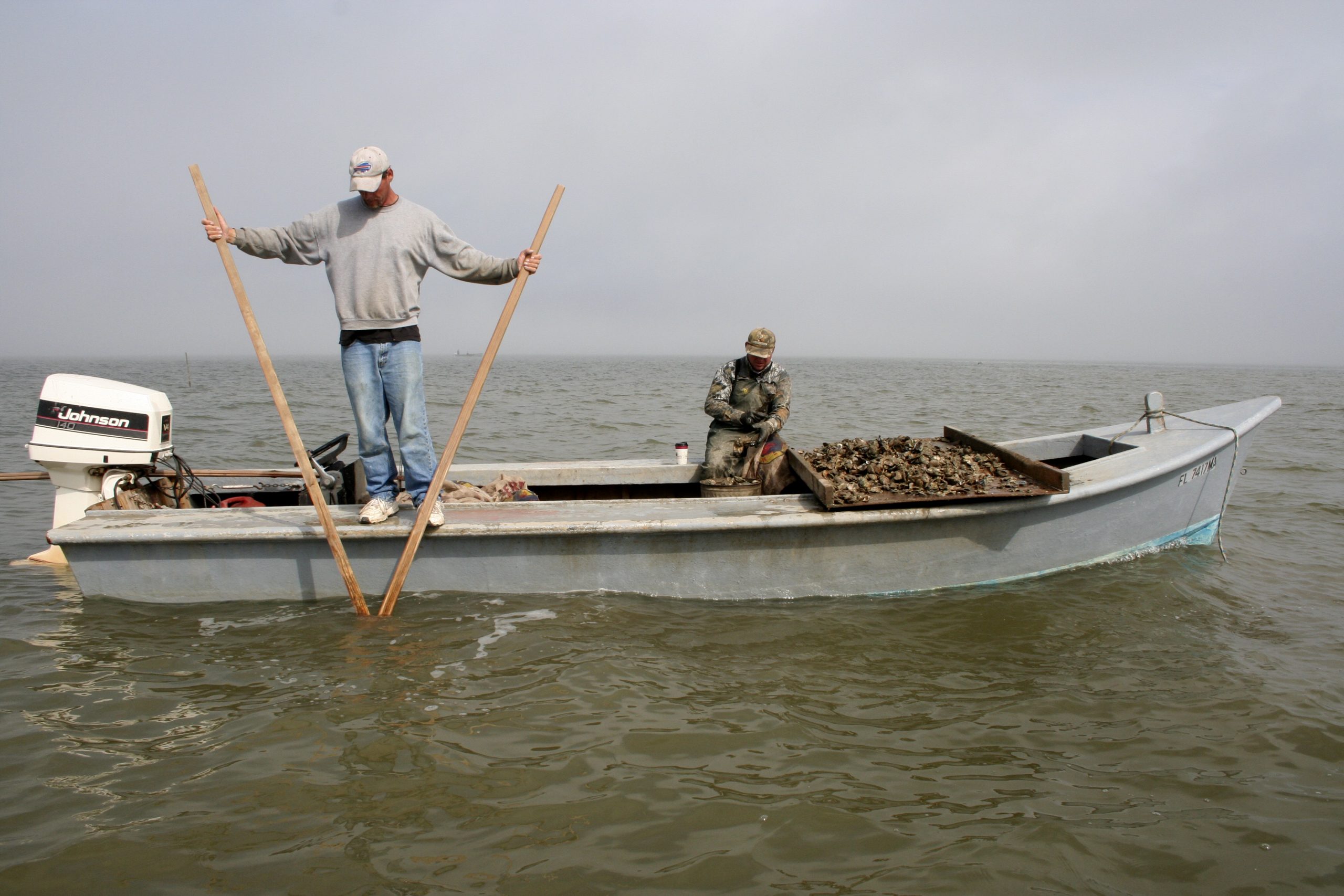The effort to help Florida’s troubled Apalachicola Bay and its famous oysters cleared a key hurdle recently when community leaders unveiled a comprehensive recovery plan.
Apalachicola Bay once accounted for 90% of all wild oysters harvested in the Sunshine State and 10% of those in the United States. But dramatic changes in water salinity, along with unsustainable harvesting, increased pollution, more-intense storms such as Hurricane Michael in 2018, and other problems, prompted state officials in late 2020 to halt wild oyster harvest for five years. Those changes and threats also led to the ecosystem-based restoration plan—for oysters and the entire bay.
Florida State University convened a group of community leaders as part of the Apalachicola Bay System Initiative (ABSI) approved the restoration and management plan during their Nov. 16 virtual meeting. The initiative is funded by settlement money from the 2010 Deepwater Horizon oil spill that was earmarked for economic recovery and development. Community leaders, working with state agencies and scientists, will begin implementing the plan early next year. The blueprint likely will be updated over time as more research about the bay and oysters is done.

photo: Stan Kirkland/FWC
The plan, which uses science to guide oyster restoration and management strategies, calls for working with fishermen and other local stakeholders to revitalize the oyster industry. Efforts will focus on increased monitoring and assessment of oyster resources, enhancing the mollusks’ habitat, engaging the public, and educating communities regionwide on the importance of restoring the shellfish.
Among other highlights, the plan calls for:
- Researching the best materials and locations to expand existing oyster reefs or build new ones. The mollusks need places to breed, which reefs provide. They can be built, repaired, or expanded with recycled oyster shells, fossilized shell, limestone, or crushed concrete.
- Setting sustainable harvest limits and other criteria for resuming oyster harvesting in the bay, including how much and where harvesting should be allowed. The plan also calls for monitoring oyster populations closely to adjust management strategies accordingly.
- Using mapping and computer modeling tools to determine how much habitat exists and how much is needed to support the fishery while maintaining healthy oyster reefs.
- Creating a network of strategically placed and enhanced reefs—some closed to harvest so they can serve as spawning grounds. Work also will include studying the health and reproduction rate of oysters on these spawning reefs and their contribution to helping populate surrounding reefs where commercial harvest is allowed.
- Developing and expanding shell recycling programs, including ways to pay for it and to make participation appealing. Shell recycling programs give restaurants, fishermen, and individuals places to bring used shells that can eventually be put back in the water to create or replenish reefs and give baby oysters places to settle and grow. Today, many oyster shells that could be recycled are instead discarded in landfills or repurposed for landscaping, road building, or chicken feed.
ABSI scientists will be monitoring progress on the experimental restoration projects and will use that information, along with results from the mapping and modeling, for large-scale restoration and management. The recovery initiative involves commercial seafood harvesters and dealers, recreational guides and anglers, aquaculture business owners, and representatives from state natural resource agencies, businesses, local governments, and nongovernmental organizations.
With ongoing community support and involvement, the plan unveiled today can help shape a sustainable and economically vibrant future for the Apalachicola Bay region, one that can pay dividends for generations to come.






